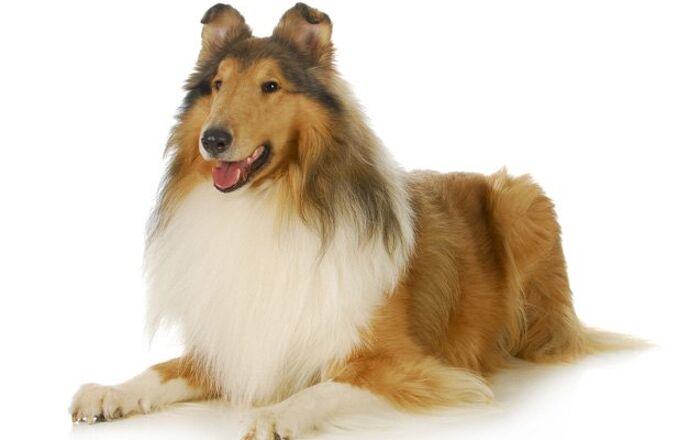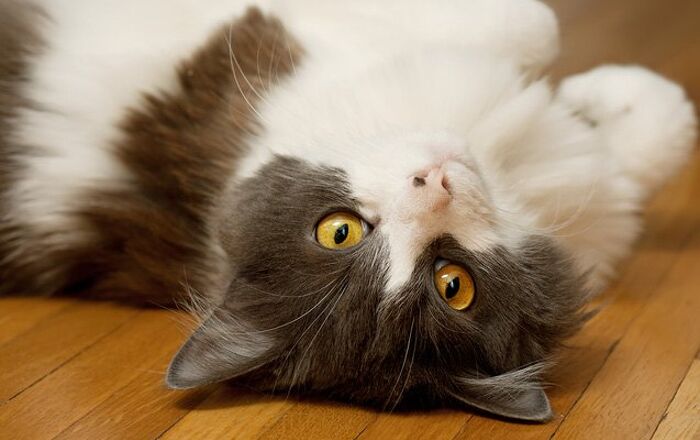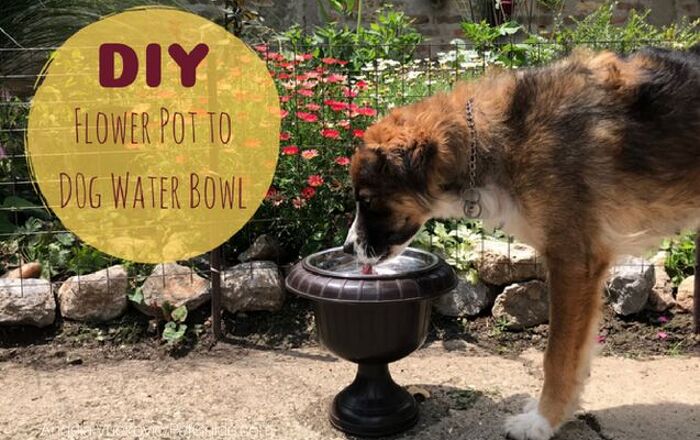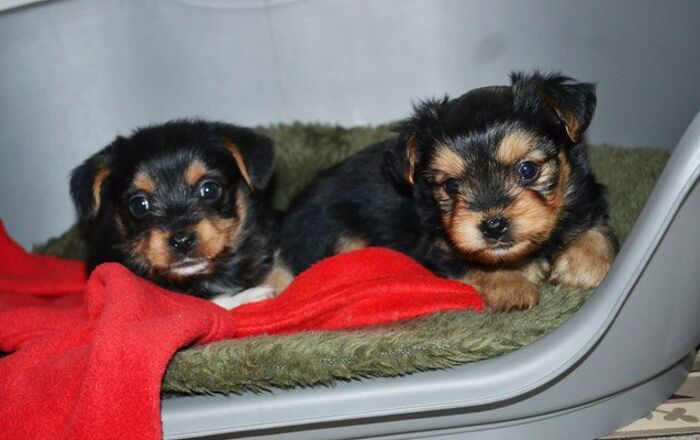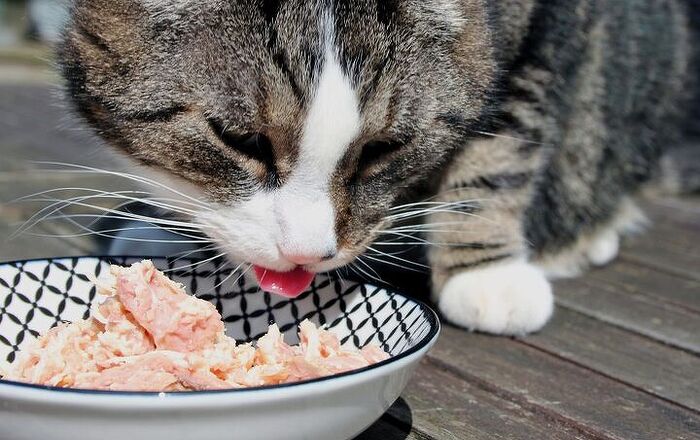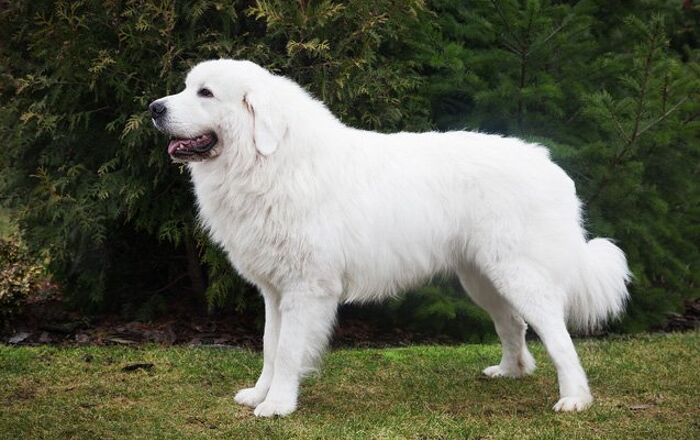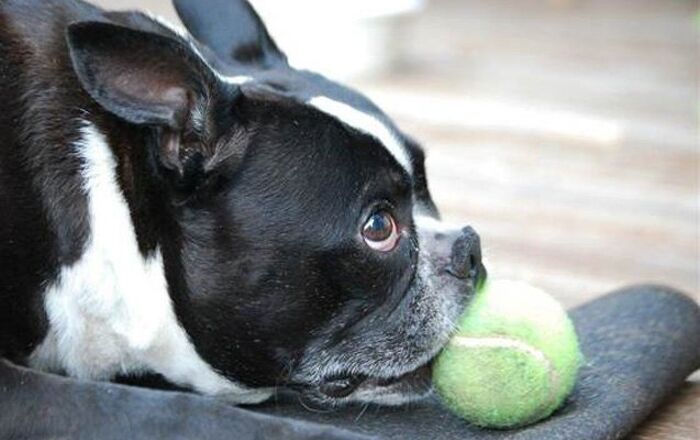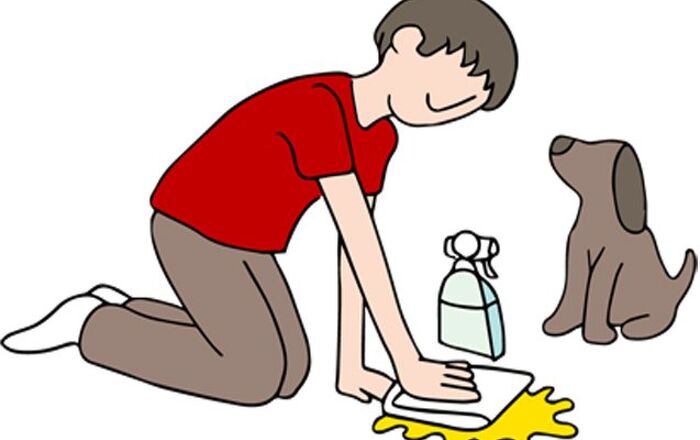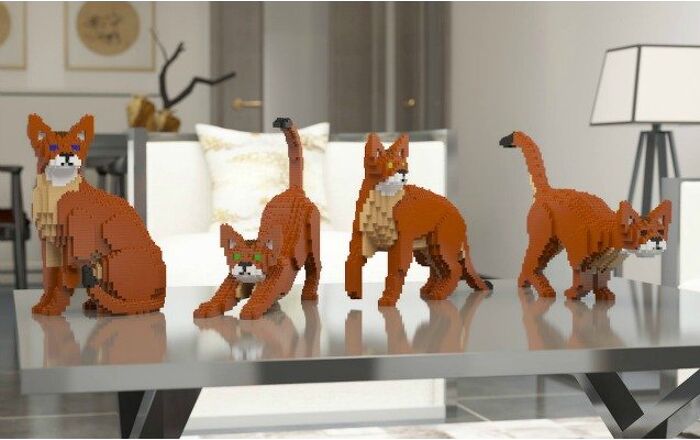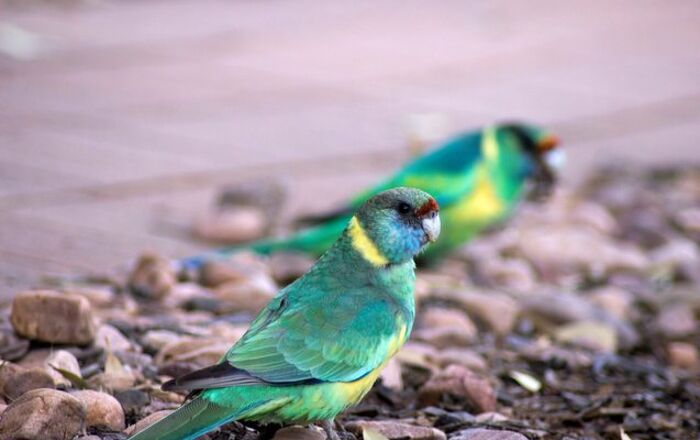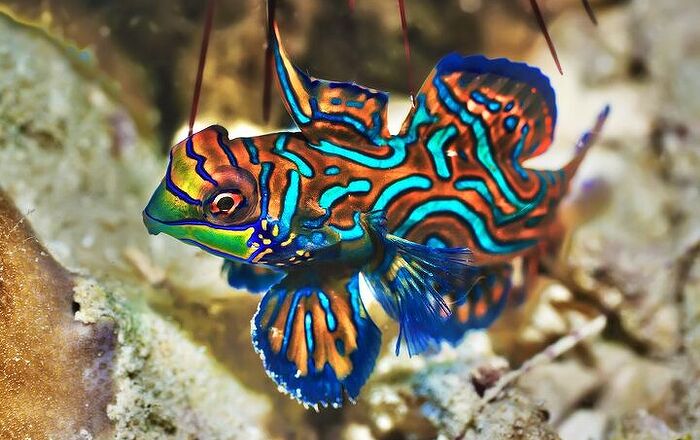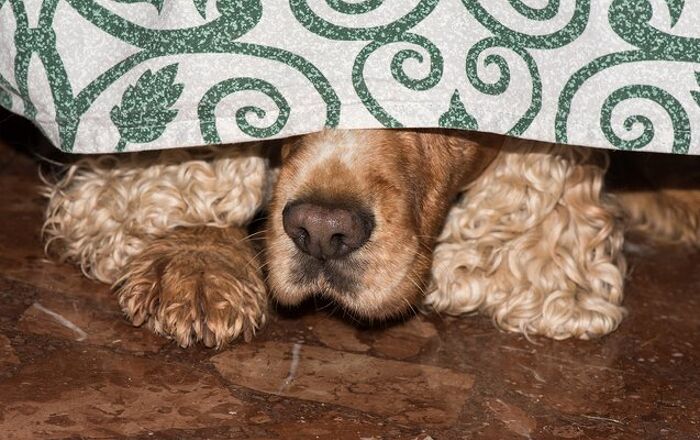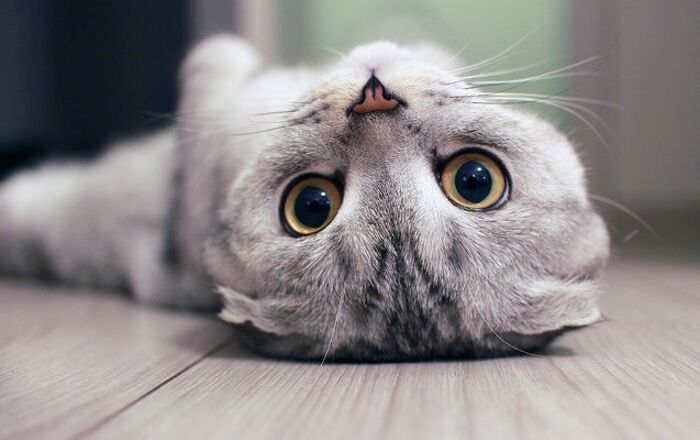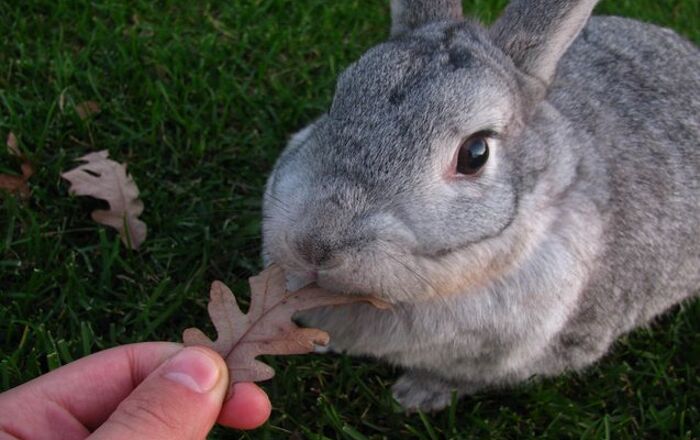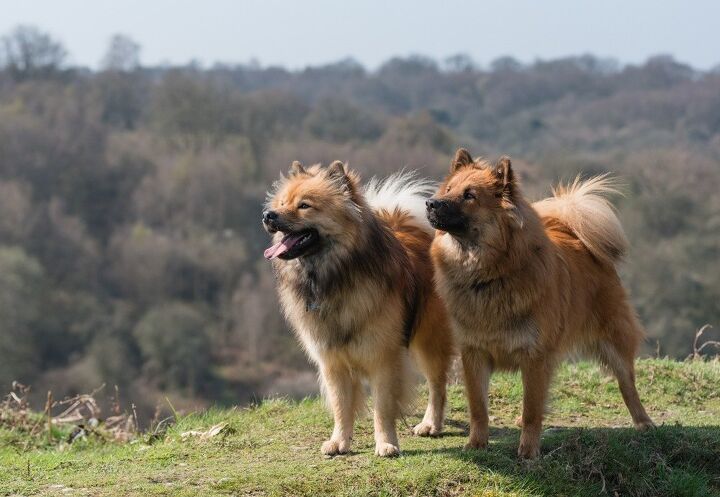
Eurasier Basics
Eurasier dogs are often mistaken as a cross between a Keeshond and a Chow Chow. While the physical description of such a dog would compare to the Eurasier and, in fact, the two dogs would be genetically similar, such a mix cannot be properly classified as a Eurasier. Unfortunately, there are many unethical breeders who make such crosses and pass them off as Eurasiers to unsuspecting buyers. If you are thinking about bring home this breed, take the time to learn as much as you can about them so you are sure to get the right dog.
The Eurasier is a fairly new breed, having only originated in Germany as recently as 1960.
Origin
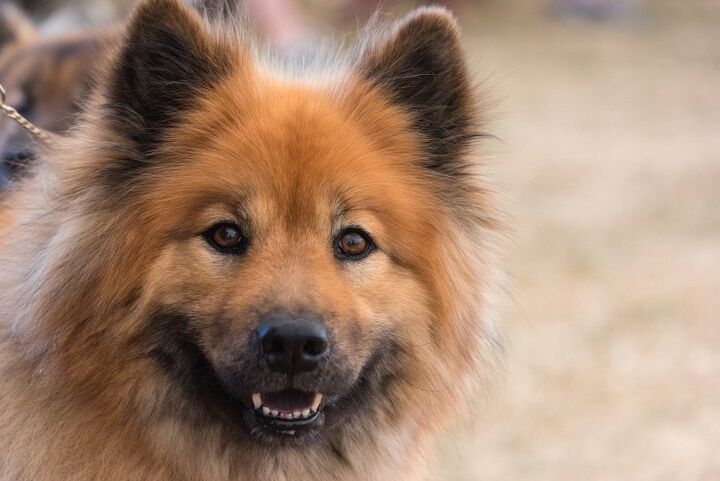
The Eurasier is a fairly new breed, having only originated in Germany as recently as 1960. The founder of the breed, Julius Wipfel, originally set out with a small group of dog breeders to create a breed that combined the best features of the Wolfspitz (better known as a Keeshond) and the Chow Chow. The first crossing of these two breeds was named the Wolf-Chow. It wasn’t until about 12 years later that this breed was crossed with the Samoyed to create what is now known as the Eurasier breed. The Eurasier was recognized by the FCI in 1973 but it was more than 20 years before another kennel club accepted it. It was accepted by the Canadian Kennel Club in 1995, admitted into the Foundation Stock Service for the AKC in 2008, and recognized by The Kennel Club in 2013.
Pedigree
The original crossing used to create the Eurasier breed was between a Wolfspitz and a Chow Chow. This crossing was named the Wolf-Chow and it was later bred with a Samoyed to create what is now known as the Eurasier breed.
Food/Diet
The Eurasier is a medium-sized dog so it should be fed a high-quality diet that is properly formulated to meet the nutritional needs of a dog this size. Unfortunately, most commercial pet food companies do not create size-specific formulas for medium-sized breeds so you may have to choose a standard adult formula instead. The Eurasier breed is not highly active and it is not classified as a working breed so an active breed formula is not necessary.
Though the Eurasier is not overly active, it is still an intelligent and highly trainable breed.
Training
Though the Eurasier is not overly active, it is still an intelligent and highly trainable breed. These dogs can be a little wary around strangers but they form strong bonds with family, especially if you start the dog early with training and socialization. Though these dogs generally respond well to training, they can be a little sensitive so be sure to only use positive reinforcement-based training methods with this breed. Soft reprimand is all that is needed to discipline this breed and gentle but consistent training will yield an obedient dog.
Weight
Males of the breed tend to weigh between 51 and 71 pounds, standing about 20 to 24 inches tall. Females are a little smaller, weighing between 40 and 57 pounds and standing 19 to 22 inches tall.
Temperament/Behavior
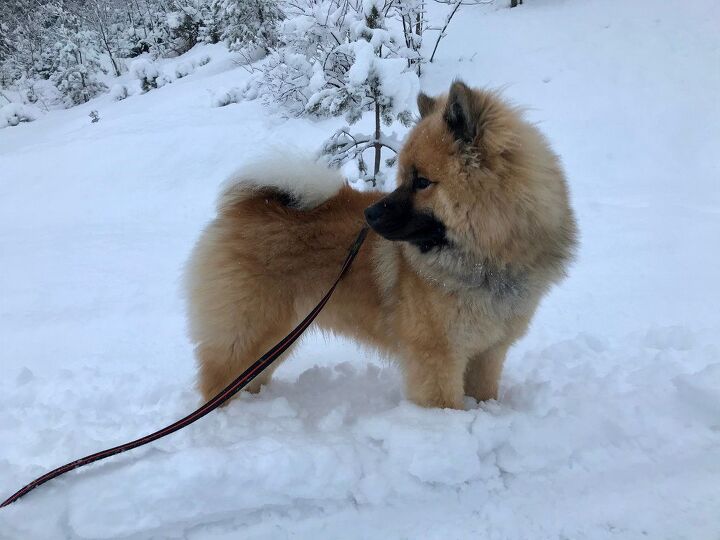
The Eurasier is a calm and well-mannered breed that forms strong bonds with family. This breed may be a little wary around strangers until it gets to know them, but it is not timid or aggressive. Early socialization will help to ensure that this breed is friendly and well-adjusted around both strange dogs and people. The Eurasier was developed as a companion breed so it requires a lot of attention and time spent with family – these dogs do not do well with extended periods of alone time. This breed can be trained as a therapy dog and they generally do well around children and other pets.
Common Health Problems
The Eurasier is generally a healthy breed, though it is still fairly new so DNA testing is still being performed. The early years of the breed involved a fairly small gene pool, so the risk for hereditary conditions is worth considering for this breed. Some of the known issues that may affect this breed include hip dysplasia, patellar luxation, hypothyroidism, and eye problems.
Life Expectancy
The average life expectancy for the Eurasier is between 12 and 14 years which is fairly standard for a dog of its size.
Exercise Requirements
The Eurasier is not an overly active dog. In fact, many owners would describe their Eurasiers as lazy. A 30- to 60-minute walk once a day is plenty of exercise for this breed, though it will also appreciate some active playtime indoors or in the backyard as well.
The Eurasier is a calm and well-mannered breed that forms strong bonds with family.
AKC
In the year 2008, the Eurasier breed was admitted into the Foundation Stock Services for the AKC. By 2009, breed numbers were high enough for the breed to be accepted for registration the following year. In 2010, the breed was admitted into the AKC non-sporting group. The Eurasier was accepted by The Kennel Club in 2013.
Coat
The Eurasier’s coat is one of the most identifiable characteristics of the breed. These dogs have a decidedly Spitz-like appearance with a thick double coat and a fluffy tail carried high over the back. The Eurasier’s coat comes in a number of colors including red, fawn, wolf-gray, solid black, and black-and-tan. The breed has a thick undercoat with a medium-long overcoat – the hair is shorter on the face, muzzle, ears, and legs.
Puppies
As a medium-sized breed, Eurasier puppies grow fairly quickly to reach their adult size. As is true for all dogs, early socialization and training is recommended for this breed. The average litter size for the Eurasier is about 4 to 8 puppies.
Photo credit: Karen Appleby/Shutterstock; headed.north/Shutterstock

